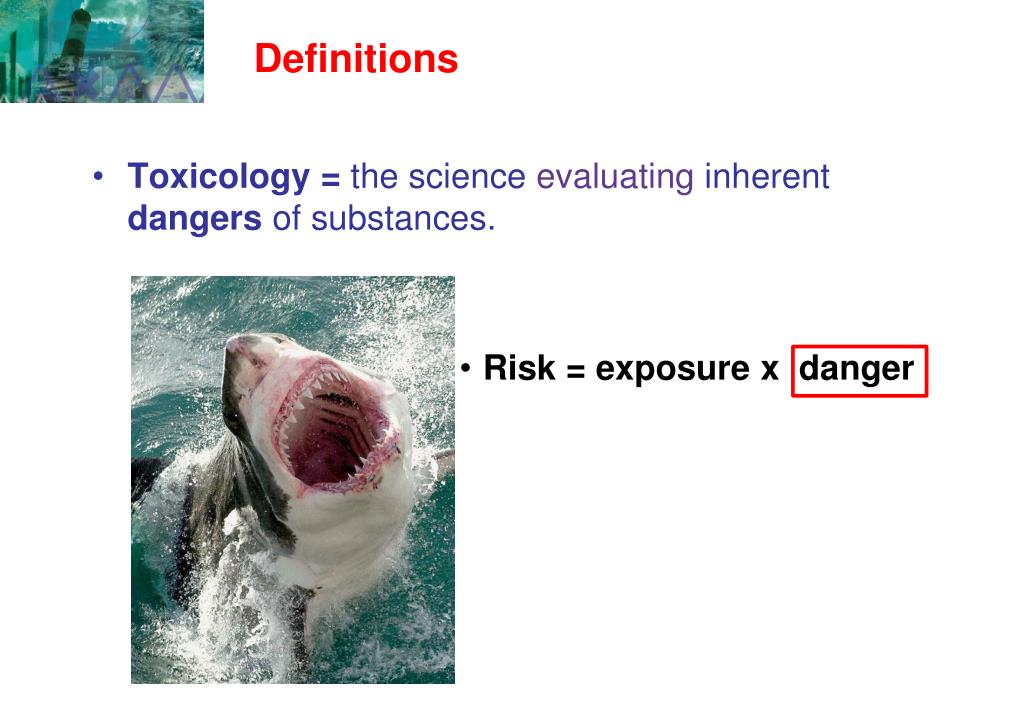

“That’s why dioxins are described as one of the most toxic chemicals ever created.” “When you run the numbers and do your best state-of-the-art risk calculations, that’s the number you get for the cancer risk,” said Stephen Lester, a toxicologist who has researched dioxins for 40 years and is science director for the Center for Health, Environment and Justice. Moreover, EPA scientists in 2010 put the cancer risk threshold for dioxins in residential soil at 3.7 ppt, and the agency recommended lowering the cleanup trigger to 72 ppt. Federal cleanup standards of 1,000 ppt apply in Ohio. “So based on this, the concentrations are actually concerning,” said Carsten Prasse, an organic chemist at Johns Hopkins University and scientific adviser for SimpleLab. However, the cleanup triggers are much lower in many states – 90 ppt in Michigan, and 50 ppt in California. The level at which the EPA will initiate cleanup action in residential areas is 1,000 ppt. East Palestine soil showed levels of “2,3,7,8 TCDD toxicity equivalence” of 700 parts per trillion (ppt). Regulators establish the toxicity of dioxins in a soil sample by calculating the “toxicity equivalence” of all dioxins in the soil compared with the most toxic dioxin compound, called 2,3,7,8 TCDD. Meanwhile, an EPA regional administrator, Debra Shore, during congressional testimony on 9 March characterized the dioxin levels found in Indiana as “very low” and “good news”.īut while the EPA can claim that the levels are “low” from a legal standpoint, the agency’s own science suggests they are not safe, and dioxin experts who spoke with the Guardian cast doubt on Shore’s and Holcomb’s assessments. The Indiana governor, Eric Holcomb, said the levels found in the soil “were not harmful”. The testing was conducted by what Birnbaum characterized as a reputable laboratory.ĮPA contractors collect soil and air samples from the derailment site on 9 March. Separately, Indiana last week commissioned testing of East Palestine soil because one of the state’s landfills is storing it. Soil and food contamination are considered to be among the most common exposure routes.Īfter resisting calls for weeks to test for dioxins, the EPA on 3 March announced it would order Norfolk Southern to do so.

Among other health issues, the compounds are linked to cancer, diabetes, heart disease, nervous system disorders and other serious health problems. The chemicals are highly persistent and can accumulate and stay for years in the environment or human bodies. The state of Ohio has now sued the rail giant over the derailment, calling it one of a “long string” of incidents involving the company.ĭioxins are a class of chemicals that are a byproduct produced when chlorine is burned, which is a common industrial process in making products like PVC. The train crash in East Palestine and its toxic aftermath has become a major issue in the US with locals and activists decrying a lack of action by both the government and the train operator, Norfolk Southern. The data probably confirms fears that the controlled burn of vinyl chloride in the days after the train wreck in the town created dioxin and dispersed it throughout the area, experts say, though they stressed the new data is of limited value because only two soil samples were checked. “The EPA must test the soil in the area more broadly.” “The levels are not screaming high, but we have confirmed that dioxins are in East Palestine’s soil,” she said. The levels found in two soil samples are also up to 14 times higher than dioxin soil limits in some states, and the numbers point to wider contamination, said Linda Birnbaum, a former head of the US National Toxicology Program and EPA scientist. Though the dioxin levels in East Palestine are below the federal action threshold and an EPA administrator last week told Congress the levels were “very low”, chemical experts, including former EPA officials, who reviewed the data for the Guardian called them “concerning”.


 0 kommentar(er)
0 kommentar(er)
